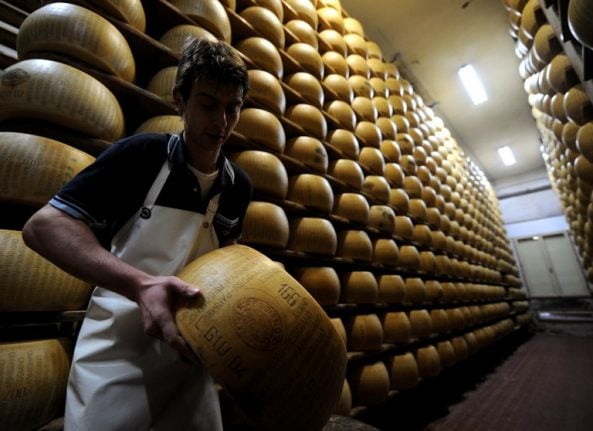Italy is expected to export more than 400 million kilos of cheese for the first time ever in 2017, according to farmers’ association Coldiretti, which represents an increase of 7 percent from last year and 84 percent in the past decade.
Perhaps surprisingly, the biggest market for Italian cheese is a nation with its own proud tradition of cheese-mongering: France.
The French buy 23 percent of all of Italy’s cheese exports, a figure that has practically doubled in the past ten years.
Italian appetites for Camembert, Brie and other French cheeses, meanwhile, have remained almost unchanged over the same period – which means that Italy exports twice the amount of cheese that it imports from its French neighbours.
After France, Italy’s best customers are Germany (14 percent), the United Kingdom (10 percent) and the United States (9 percent). It has also seen sales grow in newer markets where cheese isn’t a traditional part of the diet, including Japan (2 percent) and China (1 percent).
The biggest sellers are Italy’s two most famous hard cheeses, Grana Padano and Parmigianno Reggiano, which together make up 21 percent of Italy’s cheese exports.
Other strong performers among the 51 “Made in Italy” cheeses protected under the European Union’s designation of origin scheme include Mozzarella di Bufala Campana, exports of which more than doubled between 2006 and 2016.
The success is part of a bumper year for Italian food and drink exports. According to economic research company Nomisma, Italy’s edible exports are set to earn it more than €40 billion in 2017, driven especially by cheese and wine.




 Please whitelist us to continue reading.
Please whitelist us to continue reading.